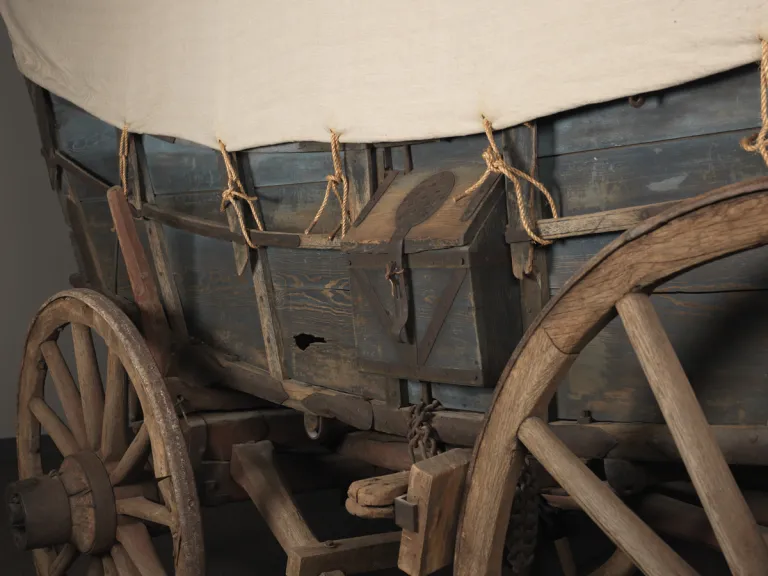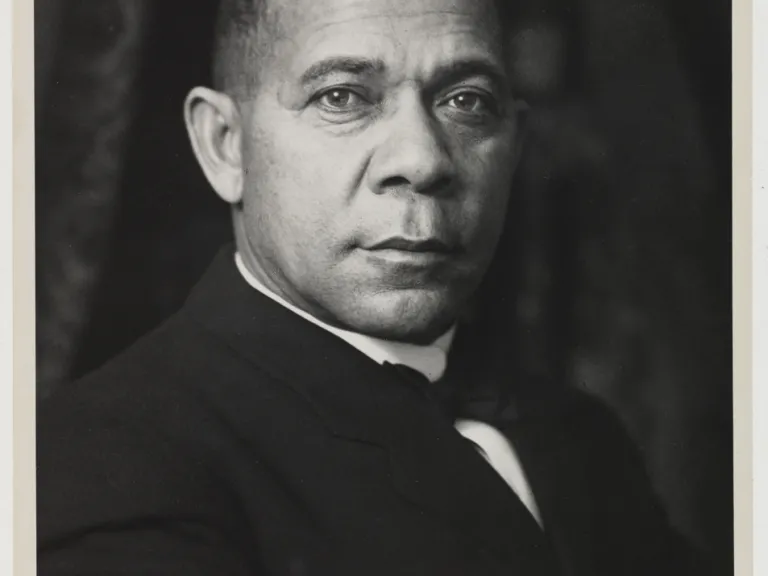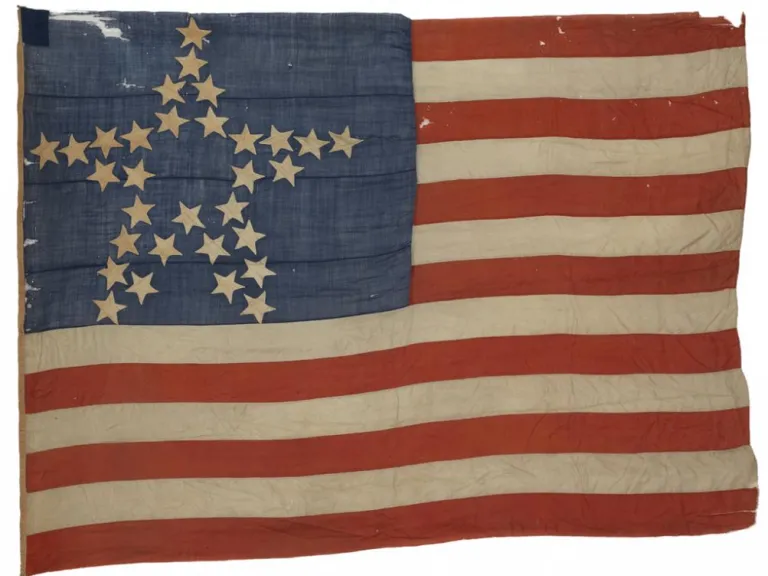The search results below contain listings from our website. To search our library and museum collections catalogs, please visit the Collections page.
Article Set - Chapter
Aftermath
"From the political point of view, the murder of John Brown . . . would impart to the Union a creeping fissure that at the
Article Set - Chapter
Beginnings of Black Education
Few black Virginians received a formal education until public schools were widely established during Reconstruction. Public
Article Set - Chapter
Brown I and Brown II
In 1950 the NAACP decided that it would no longer file lawsuits seeking equal educational facilities, but only those that
Article Set - Chapter
Conclusion
Throughout the twentieth century and during the past decade, apologists for John Brown have turned out imagery and
Article Set - Chapter
Conclusion - Did the Civil War End at Appomattox?
Lee’s army had become the embodiment of Confederate nationalism, and after its surrender other southern forces soon gave up
Article Set - Chapter
Danville
The most violent episode of the civil rights movement in Virginia occurred in Danville during the summer of 1963—at about the
Article Set - Chapter
Elections from 1832 to 1872
This section contains information and memorabilia on the elections from 1832 to 1872. Scroll down the page to learn more
Article Set - Chapter
Elections from 1924 to 1964
This section contains information and memorabilia on the elections from 1924 to 1964. Scroll down the page to learn more
Article Set - Chapter
Elections from 1968 to 2016
This section contains information and memorabilia on the elections from 1968 to 2016. Scroll down the page to learn more
Article Set - Chapter
Equal Access to Public Accommodations
Although integrating the nation's schools was the first priority of the civil rights movement, the denial of equal access to
Article Set - Chapter
Hampton Institute and Booker T. Washington
Hampton Normal and Agricultural Institute was founded in 1868 by General Samuel Armstrong. He was interested in moral
Article Set - Chapter
Massive Resistance
In 1954, the political organization of U.S. senator Harry F. Byrd, Sr., controlled Virginia politics. Senator Byrd promoted
Article Set - Chapter
Memory
Which John Brown have Americans remembered? The crusader for abolition or the bloodthirsty terrorist? Brown was not forgotten
Article Set - Chapter
Ongoing Resistance to Desegregation
By 1964, five years after the end of Massive Resistance, only 5 percent of black students in Virginia were attending
Time Period Chapter
Political Decline and Westward Migration
Image

The political stature of Virginia declined on the national stage when no successors of ability emerged to replace the...
Time Period Chapter
Racial Inequality
Image

Confederate defeat threatened to change white southern identity. Suddenly African Americans were free to determine the...
Article Set - Chapter
Reconciliation
After Appomattox, Ulysses S. Grant was the savior of the United States, while Robert E. Lee was the greatest hero of the Lost
Time Period Chapter
Reconstruction
Image

During the decade following the Civil War, former Confederate states were required to “reconstruct” their state...
Article Set - Chapter
Rising Black Consciousness
Part of the reasoning cited in the Brown decision was that discrimination greatly diminished Black pupils' self-esteem. As
Article Set - Chapter
School Busing
Because Black and white Virginians generally lived in segregated neighborhoods in the mid-twentieth century, race-neutral
